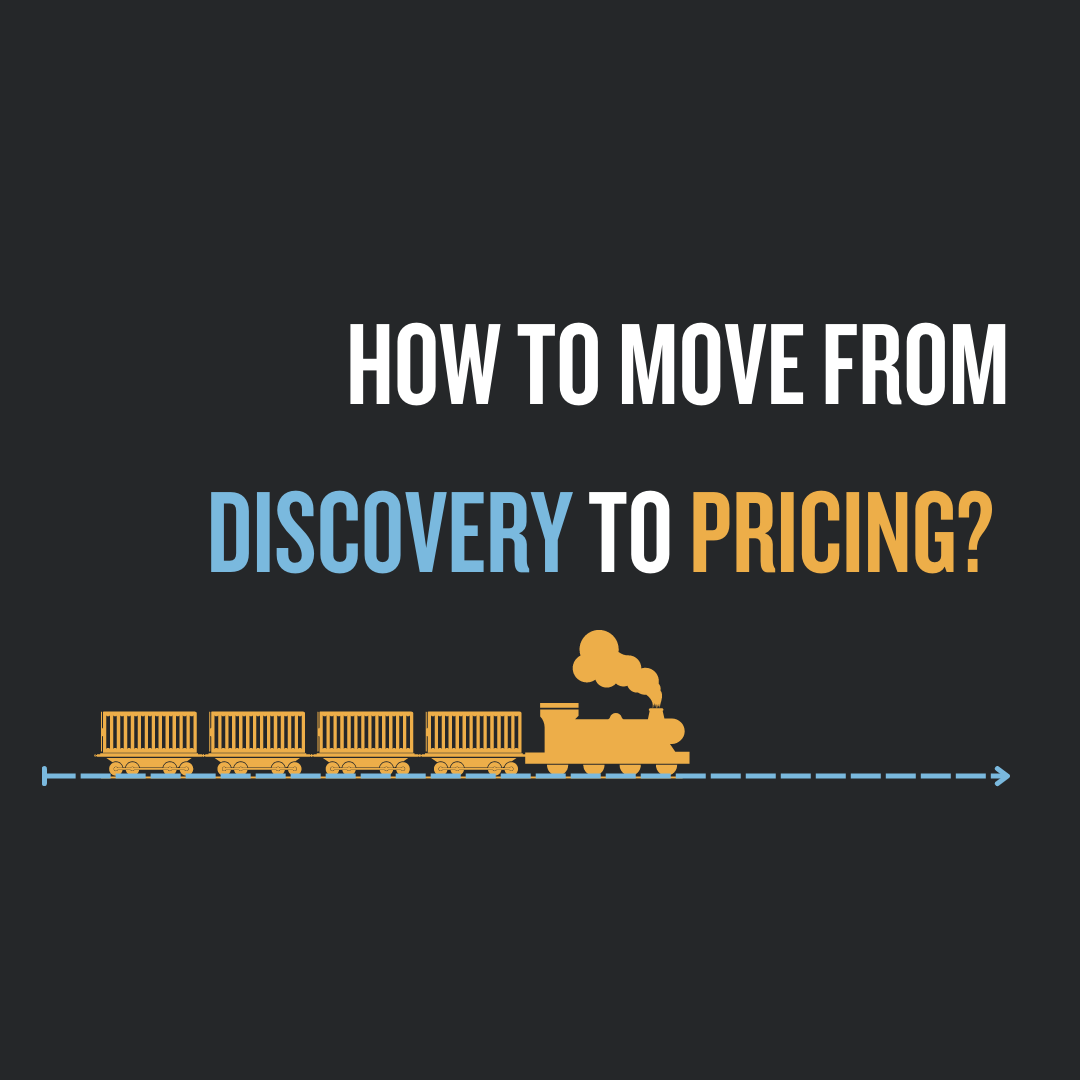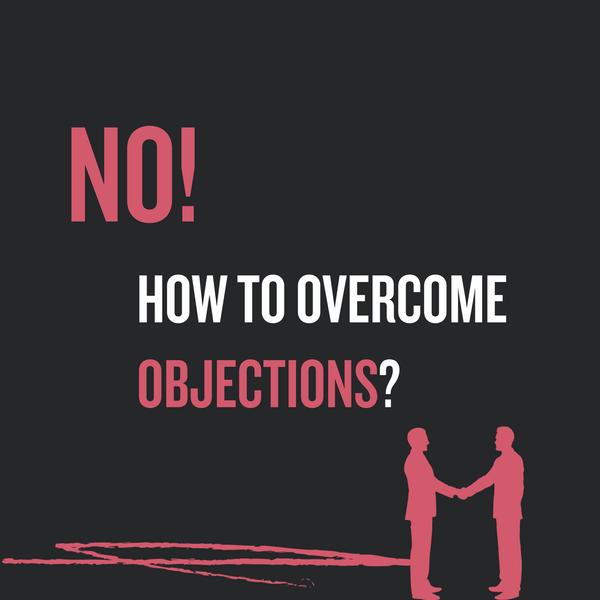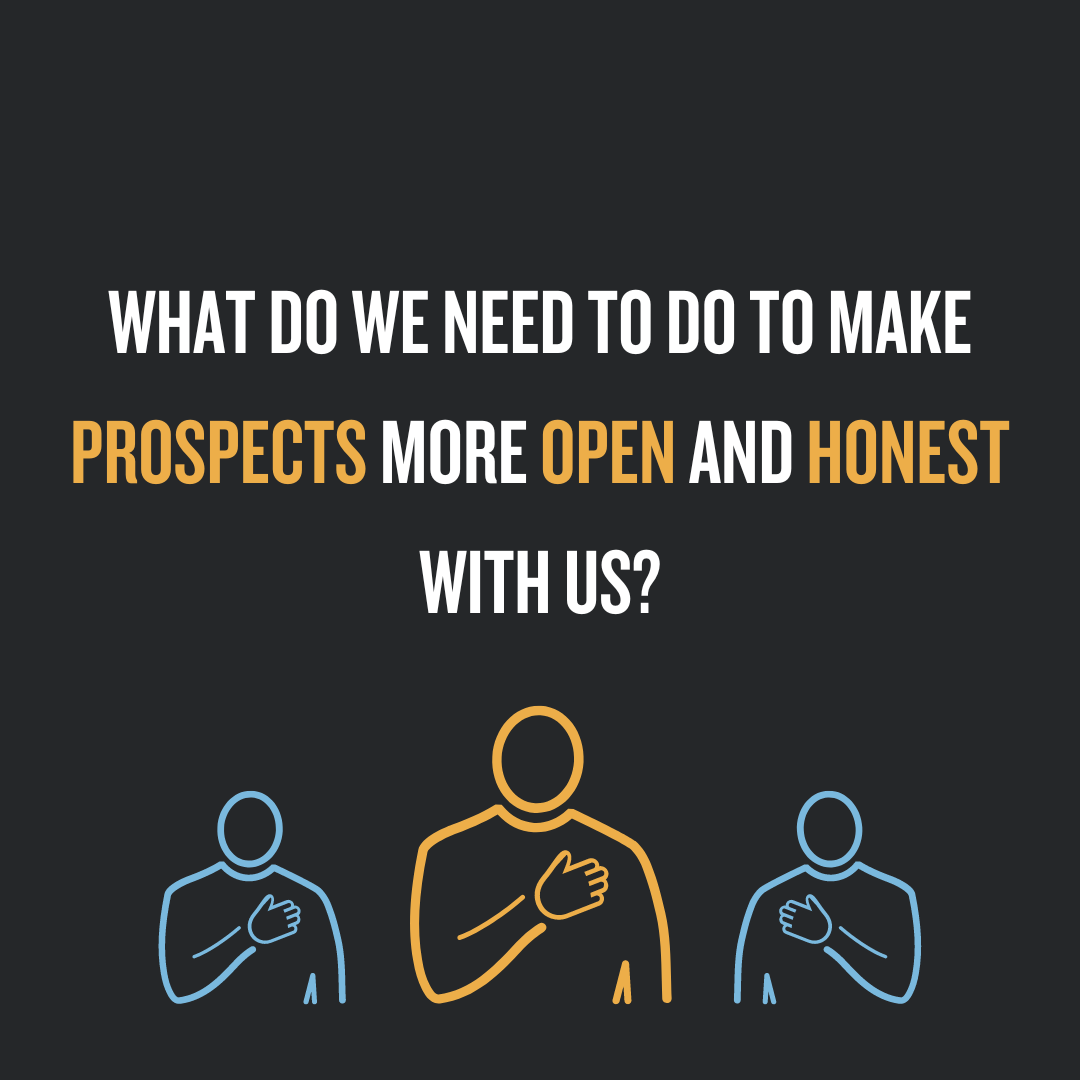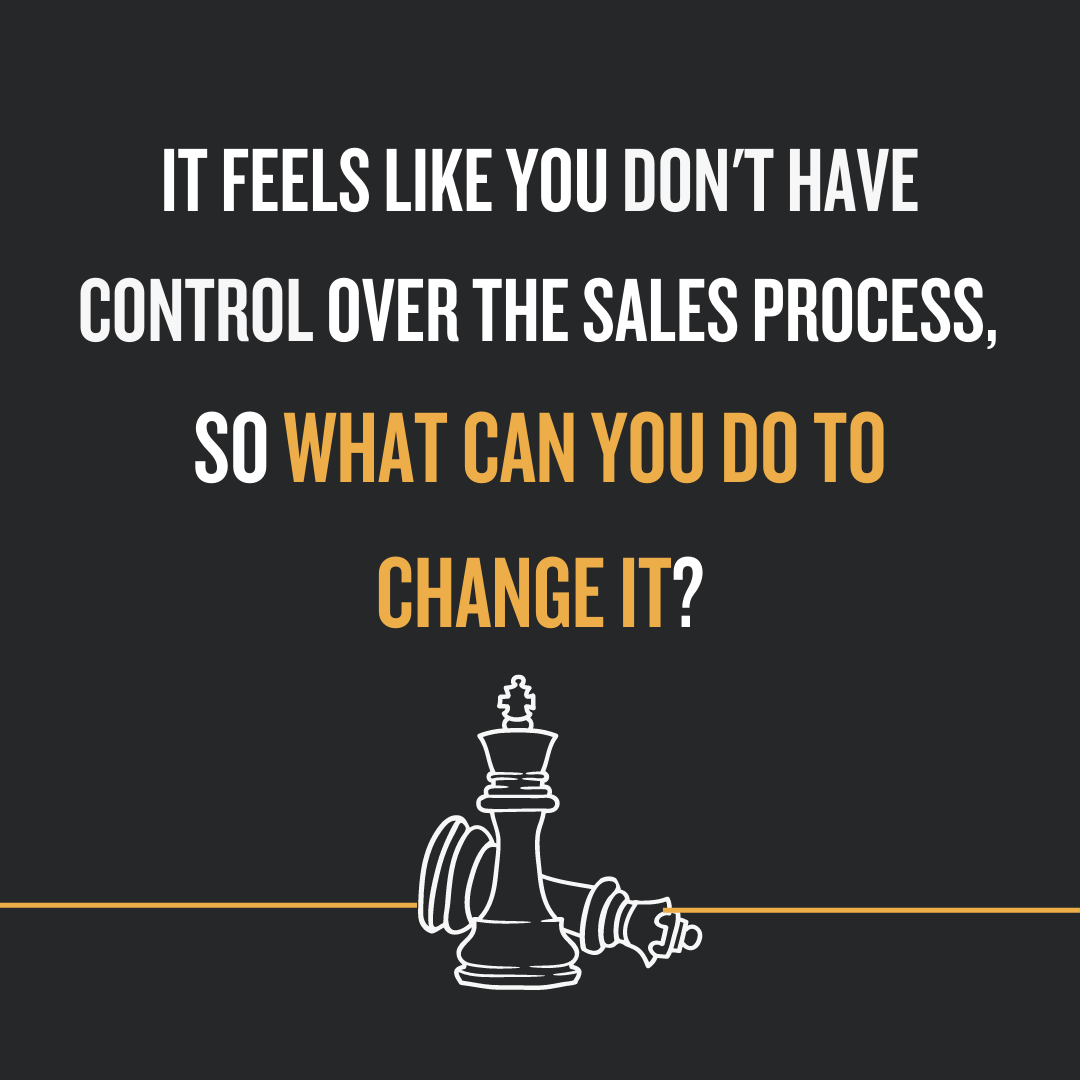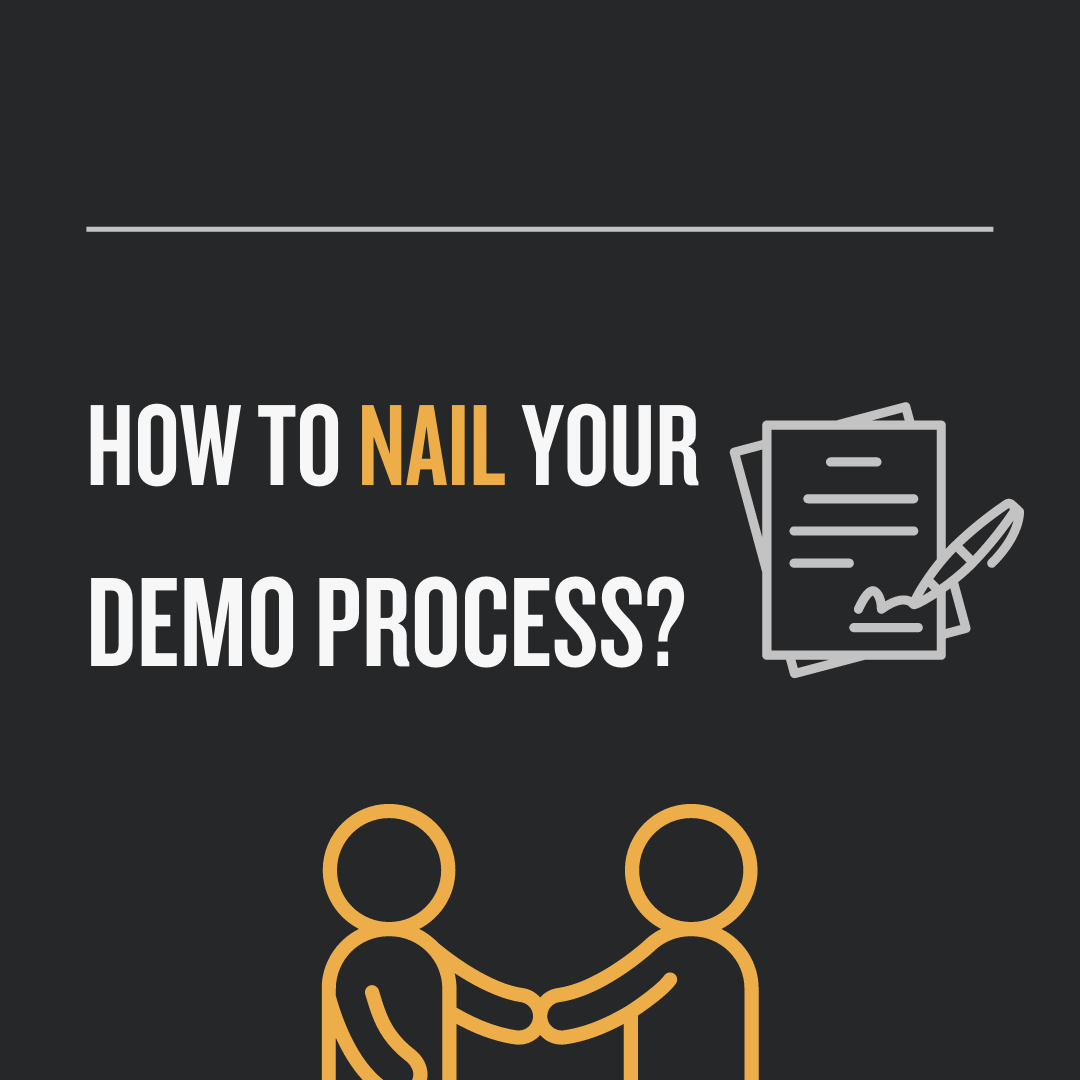What is your initial goal for a demo? To successfully pave your way to showing product, presenting pricing, and then making the prospect excited about buying from you. So that the prospect leaves convinced of a positive ROI and clear next steps. Thus, making buying decisions a no-brainer.
In this article, I’ll guide you through the best practices to deploy during the demo call that builds positive momentum for the rest of the steps in closing the deal. There is a worksheet file at the end of the article that’ll for sure come in handy to make your demo more prepared.
Worksheets are available to download at the end of the article.
№ 1 Time management is the key
Being aware of your time is a crucial thing in every area of your life. And the in-demo process is not an exception, so here I’d like to point out two key points:
1. Leave enough time
So many sales reps finish calls with two minutes left and then send an email instead of talking about pricing or asking questions - just because they didn't have time.
So, make sure to leave enough time at the end of your call to discuss any pricing questions or objections that the prospect may have. This will help you ensure that all of their questions are answered and they feel confident in moving forward.
2. Manage your closing 'project'
Don't leave the call without discussing the next steps. Your buyer's buying process is like a project, and you're the project manager. It's very hard to manage any project if you don't really know the next steps, the people involved and the timeline - aka an agreement on the project plan.
Remember that even when clients are looking at other options or getting more information from others before making their decision - they're still largely relying upon YOU, to decide whether or not your company will be perfect for them!

№ 2 Discuss pricing during the call, not after
The one thing you should never do is send over the pricing after the call without presenting and discussing them during the call first.
People buy based on emotions along with a healthy mix of logic in their decision. So, instead of just throwing prices in their faces I advise you to:
1. Walk the prospect through each value point.
The perfect client is one who can afford to buy your product, but they still want to receive more value compared to what they pay for.
When you just mention your pricing after showing your solution, you're leaving the job of connecting the dots between the product, its features, value, and ROI delivered to the prospect.
Most people are not very good at connecting the dots, especially when they are seeing something for the first time. You don't want them just shocked or dismissing it out of hand because of how much more money this will cost the prospect when compared with other options available in their area.
On the other hand, if you email the price after the call or give the price in the last two minutes of the call, you have a very high chance of sticker shock or confusion, or plain old ghosting.
At the least, they already forgot half of the points you mentioned during the demo by the time they see your price in the email, you end up having conversations over back-and-forth emails. This is not only a breeding ground for more confusion and misunderstanding but also a huge waste of time with respect to your sales cycle.
One of the best ways to explain pricing is by using a customer story.
Imagine you're in the prospect's shoes, what's going through your head? You want more information on how the other clients were able to make such an informed decision and find value in your product or service.
Think about yourself when you're buying something and you might be feeling anxious about it, either individually, or on behalf of an organization where you're putting your neck out and your name on the line to a certain extent, and so is this person.
So, here you want to make your prospect feel comfortable, happy, and clear about value vs price. And you can do this by showing them proof & value points, as well as quick customer stories.

2. Use the information from the discovery call to paint a picture.
It is important to take your time when discussing price with someone. This is a complicated topic, and you don't want to rush it.
If the prospect doesn't see a value in comparison to pricing, then you should use the knowledge and information gained from this discovery process. For example: How will their pain be relieved? What is it going to cost them now vs after we implement our solution into production; how does that change over time as well?
So, feel free to utilize that knowledge to help you demonstrate the distance between their current state and the future state with your solution.

№ 3 Take charge of the call
As a sales rep, you need to make sure you are in control of the conversation and how much time is spent discussing what during the call, as well as the next steps will be.
But if so happened that you went overboard and your time is running out, then I advise you to:
1. Ask if you can go over or book another call
It's absolutely okay to ask if you can go over or book another call. If you lost control over time, you have planned for a 45-minute call, it's already 30 minutes in and you are only halfway through your planned agenda, it is a good idea to pause the meeting and ask something like:
“Hey, I want to be mindful of the agenda we laid out, we're having a great discussion here but it seems like we're probably not going to actually get through everything we want today. So if it's okay with you, I would like to ask if we can go overtime here and if not, we can book another session now, where we have another 15 to 20 minutes because as we get through this part of the demo, we're gonna really want to have a healthy discussion on what your thoughts are, how it tailors to those specific questions you asked earlier. And I feel like we're running out of time for that.”
The point here is better to ask your prospect if you can book another call than say something like:
“Oh, look, we ran out of time, I'll just email you everything.”

2. Always have enough time for post-demo discussion
If you notice that the time is running out and there are only 2-4 minutes left, don't just let the prospect linger in silence. Talk with your prospect about what they think should happen next. Ask them something like:
"So, what do you prefer? Do we go over time? Maybe we abbreviate the next five minutes of the discussion and then get into the healthy discussion and next steps?"
But don't do what most sales reps do, i.e. lose control of the call and only have 2-4 minutes in the end to ask post-demo questions or not get to them at all.

№ 4 Pretend you’re talking in the post-demo call
One of the best techniques to use when you're in the demo call is pretending that you are leading a meeting after the demo.
It's like when you attended a demo call as a buyer for a SaaS product for your company, you'll have an internal discussion after the demo call with other people in your team, especially who also attended the demo. So, when you're having this internal post-demo discussion you usually ask something like this:
“Hey there, what were your feelings on that? What was the cost? What were your thoughts on the pricing of that solution in comparison to our earlier meeting or other solutions? What did you think about the features of this new product versus what we have now?”
As sales professionals, we want to know what our prospects are thinking after our calls. So what I recommend is that, at the end of your sales call, in the last 10 minutes, pretend you're in a post-demo discussion, lead it accordingly and listen in on their thoughts.
If you use that mental model and think of it that way, it will help you ask questions that bring deep insights into your prospect's thinking process. And those questions, in turn, will help you figure out what to do next and also address any objections the person might have right then and there.
But what does this pretending should look like? For example:
“I'd love to hear your thoughts on our solution so far as compared to your existing solution, and the one you mentioned you had seen earlier today."
"I'd like to know what you think about pricing and the value you expect to get from these different solutions.”
So, a pretend-post-demo discussion with your prospect means asking insightful, thoughtful questions to better understand their thoughts and buying process.

- What are the next steps after you've set the price?
- Who else needs to see the pricing?
- Who makes the final decision?
- What are the decision-making criteria?
- What is the decision-making process?
And the coolest thing is, this way you'll provoke the conversation that your prospect will have later anyway, just without you. Using this technique you will know what your prospect is actually thinking.

№ 5 Wait until your prospect asks for a discount
If you're willing to offer discounts on certain deals, make sure they are tied to specific outcomes and returns. And don't just do it off the cuff - wait until your prospect actually asks for it
Remember that negotiation is a two-way street. If you're going to offer a discount, make sure you're getting something in return.
For example, ask for the deal to be signed today or this week. Or ask for a commitment from more people on the team or for more users. But always make sure that you're getting a good value in return for your discount. That's what makes a true value trade.

№ 6 Don't negotiate with yourself
When it comes to pricing, many people subtly lower the value of what they are offering. And the worst thing is, that they do this without even realizing it.
Words are our friends and enemies all in the same bucket.
What happens is some sales reps while they're presenting pricing, use certain words that can unintentionally degrade the value. For example:
“Okay, I'm gonna walk you through the pricing and, of course, this is the rate card.”
What that suggests to the prospect is there's room for negotiation, and most importantly, we must not negotiate with ourselves. And I mean by that is discounting before the prospects have even requested it. Because:
- Your prospect might think that you're not worth as much as you're asking for. They might think that they can negotiate with you and get a better deal. This suggests that the first price you mentioned probably isn't the final price.
- But it's also implying that you may be a little desperate for the bargain. This gives them more negotiating power on their side, in addition to suggesting that you might be a bit desperate for the deal. Maybe it's because nobody is buying your product.
So you want to stand confidently behind the value when you're delivering pricing.
To practice I'll leave small worksheets here for you to try out:


№ 7 Pause before pricing
The pricing presentation is the most important part of your call or sales process and can make or break it. If you don't get this right, then chances are high that it will be an uphill battle to close the deal.
The best thing that you can do is to quickly double-assess the situation before getting into the pricing presentation. And you can do this by following these tips:
1. “Just before we dive into pricing, really love to get your thoughts thus far.”
So before you get a prospect's response on pricing, you're making sure you are addressing their pain points and objections before moving forward with a sale or proposal so they understand why your company will be beneficial for them in the long run.
Because we all know that prices are the crux of any conversation. It's not just about sticker shock, it really comes down to understanding what your true value is relative to cost when you're selling something and how much people are willing or able to pay for it.
The best way to separate the buyers from those who will not be buying your product is by nailing down the understanding & perception of value by asking a series of questions, before discussing pricing.
At the least, you will have a very good idea of who didn't buy because of the price, and who didn't even actually see enough value, with respect to your price.
2. As you're navigating through these discussions, really make sure that you're not just talking to the person that talks the most.
This is an important part. You need to make sure that everyone on the call has a chance to speak. Some people might not feel comfortable speaking up, so you need to make sure you give them a chance. Silent participants might be the ones, who will make the final decision, but you missed the chance to talk to them because you've spent the time talking to someone else from their team.
So, try your best to talk to everyone and include every single person in the conversation. Ask people what their thoughts are and then respond to their concerns.
Here I advise addressing everyone by their names and this way include them in the conversation.
For example, Nicky expresses his thoughts right off the bat, and there are two other people on the call. So here you can say:
“Okay, awesome, thanks, Nicky. Okay, Andrew what are you thinking? And Neil, what are your thoughts so far on this before we dive into pricing?”
That way, each person can give you feedback and you can understand their thoughts on the solution.
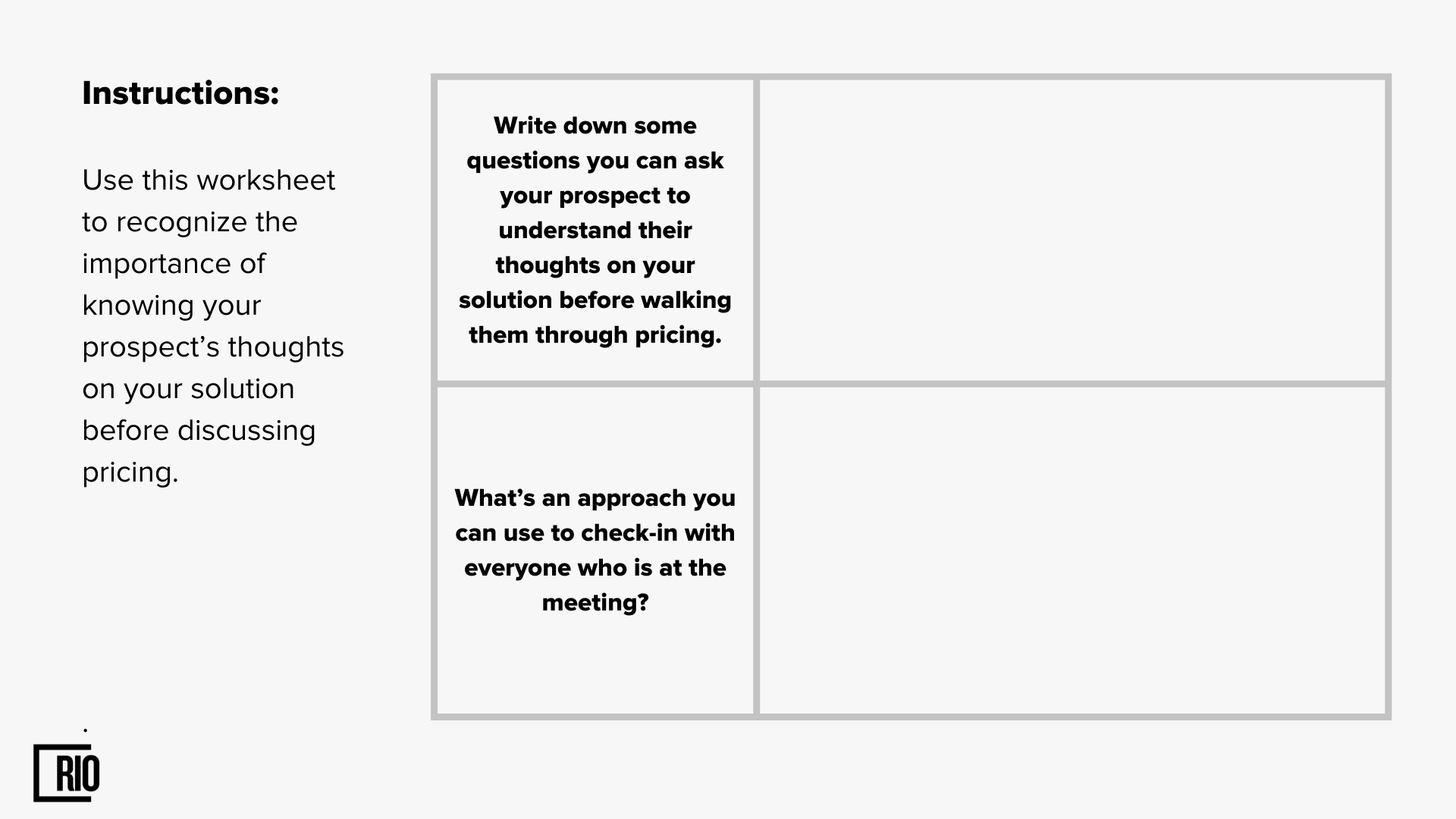
№ 8 Check-in regularly
Previously I covered this topic in this article, so feel free to check it out and learn more about the meaning of a two-way conversation with your prospect.
You need to do meaningful check-ins every one and a half to two minutes. And you are discussing everything, and you are asking questions such as:
- “What are your thoughts on this aspect of our solution in terms of its ability to deliver value?”
- “How does this compare to what you have today?”
You should do 10 meaningful check-ins throughout your discussion. At this point, you can ask them their thoughts so far. You should already have a good idea of where each person stands.

№ 9 Be a few steps ahead
One of the best pieces of advice I can give you is to never put the next steps in the prospect's court.
And it may sound counterintuitive to you because it feels like a rather natural question for salespeople to ask a prospect what they should do next. But let me explain why you shouldn't do that:
1. You're meant to be the consultant, the advisor
You've been through a lot of deals in the past, so you're like a concierge here. You should be giving them the sense that you have a process that will help them and guide them through the buying journey. And you should recommend that process to them, and they can then come back and propose changes based on their own.
This enables you to not only get a deeper understanding of their buying process, but also you can adapt your process as you see more and more prospects asking for similar changes.
2. You can avoid getting into an argumentative position
Let's suppose that you've already asked that question and your prospects recommended two or three next steps that you don't think are rational. Well, now you're in an argumentative position and at this point, you have to respond by saying, "Yes, but I disagree... "
It is better for you to explain what you think are good next steps based on the buying journey that your customers have gone through. You should state the value of those steps and why they are important. Then ask if they are still interested in taking those steps. That way, you are being consultative and advising them on what to do next.
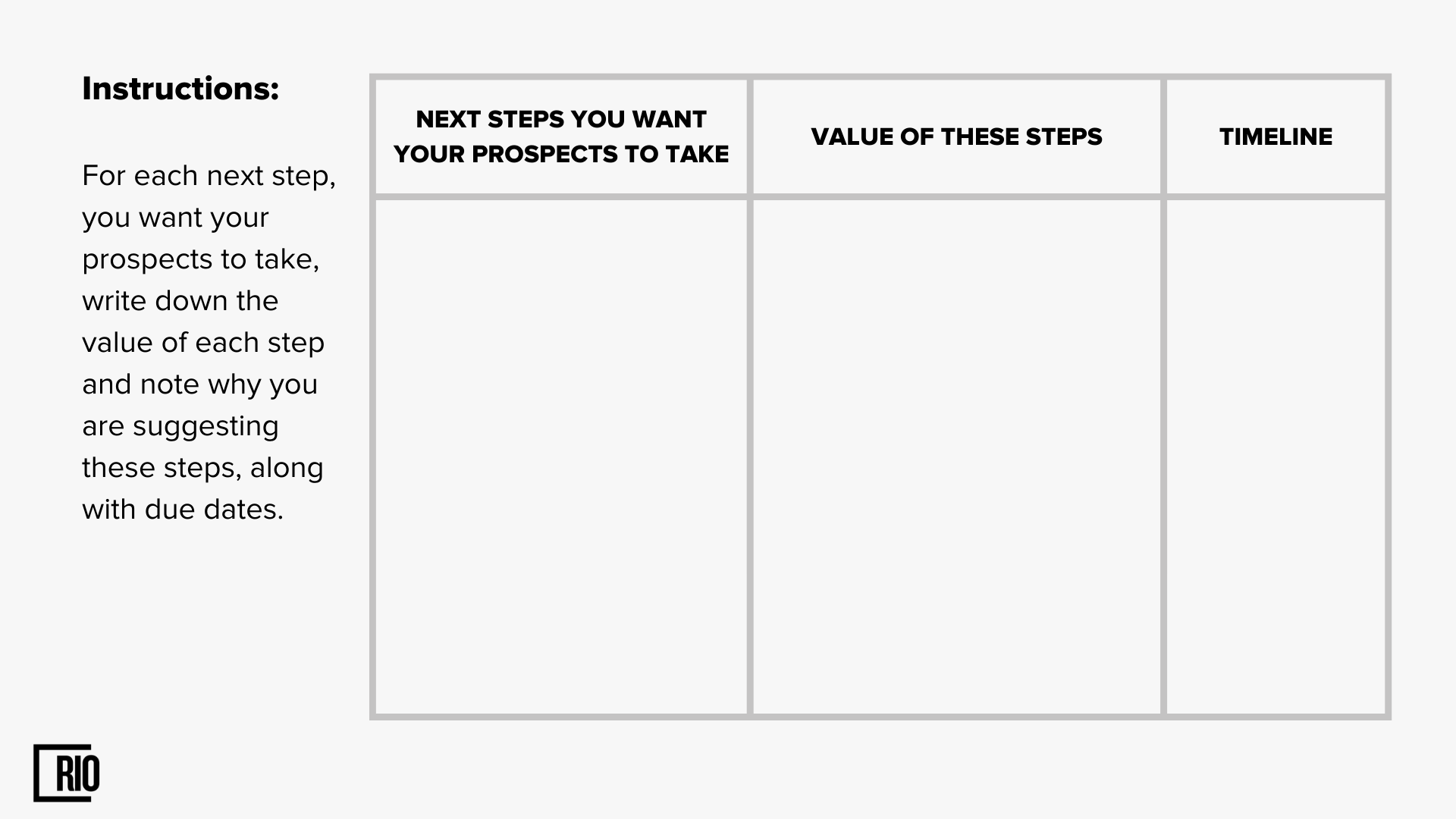
But the most important thing is that you won't be in a situation where you have to agree to disagree with them.

№ 10 Book the next meeting
Getting the next call on the books: what does that look like? And why is it important?
How many times, after having a great call, you’ve been ghosted. Without any explanations and reasons. I’m sure it happened to you way more than once.

So, getting a new call on the books is a great way to increase your chances to drive accountability, not just on your side, but on the prospect side. And here’s how you can do it:
“You know, in terms of the sort of the buying journey and the decision-making process, our current customers who went through the same process you're going through right now really find it helpful to just have a quick 15-minute placeholder for our next call, whereas you take this to your committee and your leadership to talk it through, this is then a placeholder to really have us answer those inevitable questions that come up, so we're not pinging back and forth by email now. Feel free to just cancel this placeholder if you don't need it, but would you be open to having a quick discussion for 15 minutes, as a placeholder let's say next Wednesday at 1 o'clock?”
Say something like this at the end of your call. Sure, not everyone will agree or even consider this idea, BUT some of your prospects will say yes and will keep in mind your offer.
And yes, even half of the prospects, at the end of the day, might cancel this meeting and it’s totally fine. But at least some of them will stick with the offer and, really, what more do we need?
Those, who agreed to the offer will keep in mind your meeting and see it coming up on their calendar.
“Alright, I've got that meeting with rep ABC. And oh yeah, in that email they said I had to do this and this, I committed to doing this and this before our touch base, I better go do those things.”
Those kinds of thoughts drive emotional commitment and accountability from the prospect’s side. So don’t think that asking for a meeting is something that’s not worth doing.
Sometimes it can be hard to abandon your comfort zone to try this method out but keep in mind that you’re doing this in the prospect’s best interest. Explain to your prospect the value behind this call and drive this offer through a customer lens.
And look at this from the other angle: your competitors may not be that confident and willing to help their prospects, so be better than them and use this method as a way to leg up your competition.
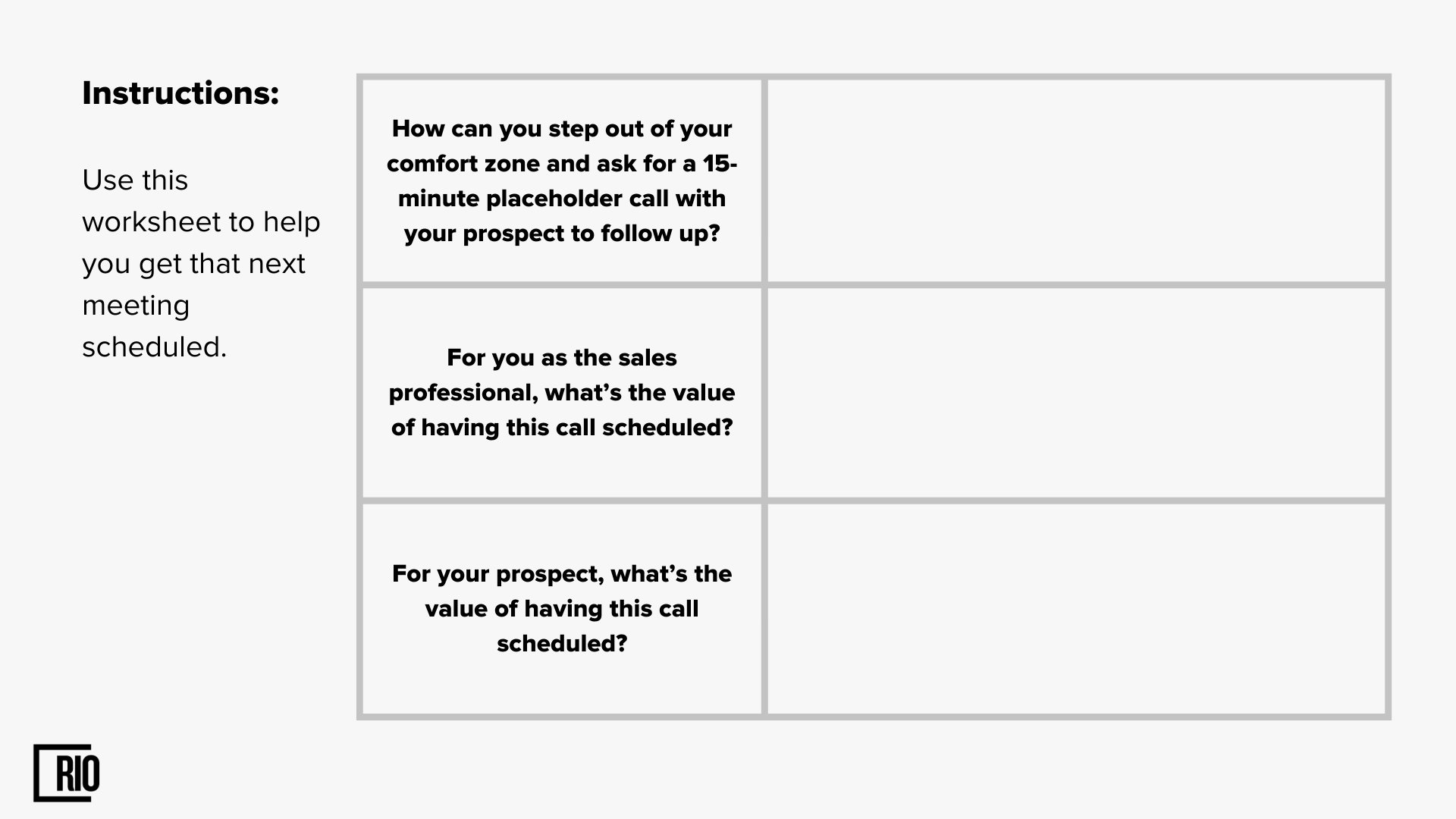
№ 11 Use Access & Accelerate mindset
First of all, the Access & Accelerate is a mindset that’s meant to help discipline YOUR thought process. It keeps the buyer’s journey in your grasp, so you’re less dependent on their internal conversations and timings. It also gives you direct access to the decision-making process in your prospect’s company. Thus accelerating the sale.
The most successful reps go through having at least six stakeholders engaged within the organization before closing the deal, at least in the enterprise settings. Hence, the question to ask in this mindset is - Do I have access to the right people on this call? Accordingly, who should be on the next call?
This is a mindset that helps you think two steps ahead by:
- Recognizing who is the key decision-maker who will have the ultimate say in the decision.
- or asking the prospect who should be on this call, and what other potential cross-functional leaders or individuals should potentially be on that next call or have to see the demo in order for a decision to be made.
So at the end of the meeting, you're shaping collaboratively with your prospect in the call not only their buying journey and stakeholders in this buying decision but also who should be involved at what step, proactively & beforehand.
Take your time and try out this exercise:
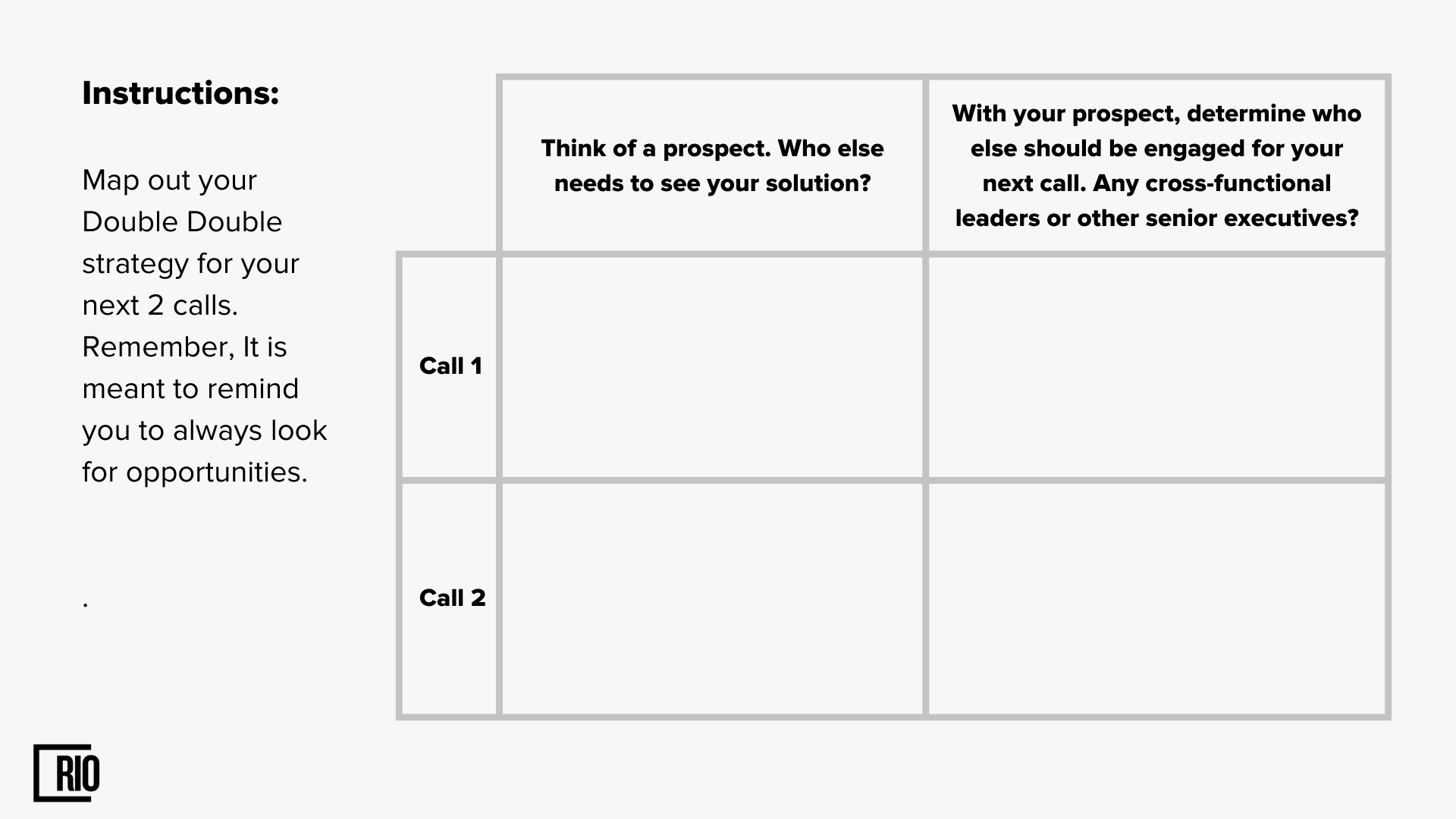
№ 12 Become the project manager
Taking the time to map out your next steps is one of the key parameters to a successful meeting.
Take charge here, think and act like a project manager: map out your next steps and tasks, select owners of the tasks, and set a timeline/ deadline when the tasks are supposed to be finished.
Creating shared accountability is the best way to speed up the sales process. If you’ll arrange tasks for your process and will be confident in your next steps - then follow your meeting with an email right after the call, so everybody's clear on what the next steps are, who owns those next steps and what the timeline is.
Shared accountability is one of the easiest ways to speed up the sales cycle and increase the win rate. This way you leave the call with you owning some of the next steps and the prospects owning some of the next steps as well.
This also creates an emotional commitment for your prospect. You should now reinforce that agreement and commitment by saying something like:
“Okay, great, I'm going to follow up with a quick timeline on each next step, who owns the next step and by when and that should keep us all on track? Does that sound good?”
So be the leader, and be the project manager, that will help you're driving the deal faster.

Here is a bonus worksheet for you. Communicating can be tough & takes time out of your already busy schedule, especially when you're a project manager, so try this out and create the perfect email template beforehand:

Download worksheets
And, as promised, feel free to download these worksheets to practice building sales momentum during the demo calls and increase your win rate!


